Using Safe Work Australia’s National Dataset for Compensation-based Statistics, alongside ABS Census data, Safe Work Australia has published a new WHS profile of the nursing, care and support workforce. The profile helps to illustrate the nature of risks that workers in these sectors most frequently encounter while performing their duties.
Key insights from the profile for the nursing, care and support workforce include:
- The frequency rate of claims due to ‘being assaulted by a person or persons’ is approximately 6.5 times higher compared to all other occupations and has increased over the last 10 years.
- Body stressing has consistently been the most common type of work-related injury or illness for these workers, with 53.6% of these claims involving another person as the direct cause of the most serious injury or disease. Furthermore, more than 1 in 4 of these serious claims involved an injury that was the result of moving a patient.
- Mental health claims among these workers have almost doubled over the last 10 years. Anxiety/stress disorder, reactions to stressors and post-traumatic stress disorder were the most common, together accounting for 8 out of 10 mental health condition claims.
These insights can help persons conducting a business or undertaking (PCBUs) and workers better understand and manage the risks of the nature of work in their industry.
View the profile on the Our Data. Your Stories website.
